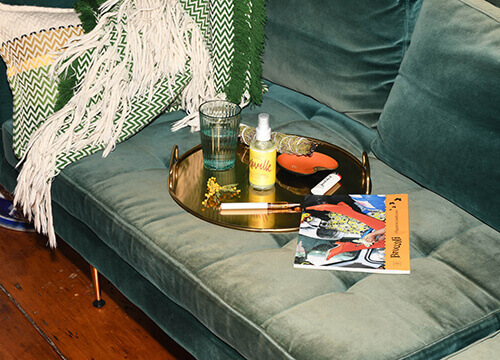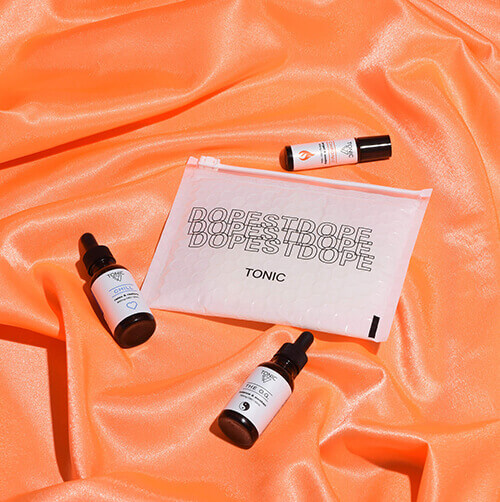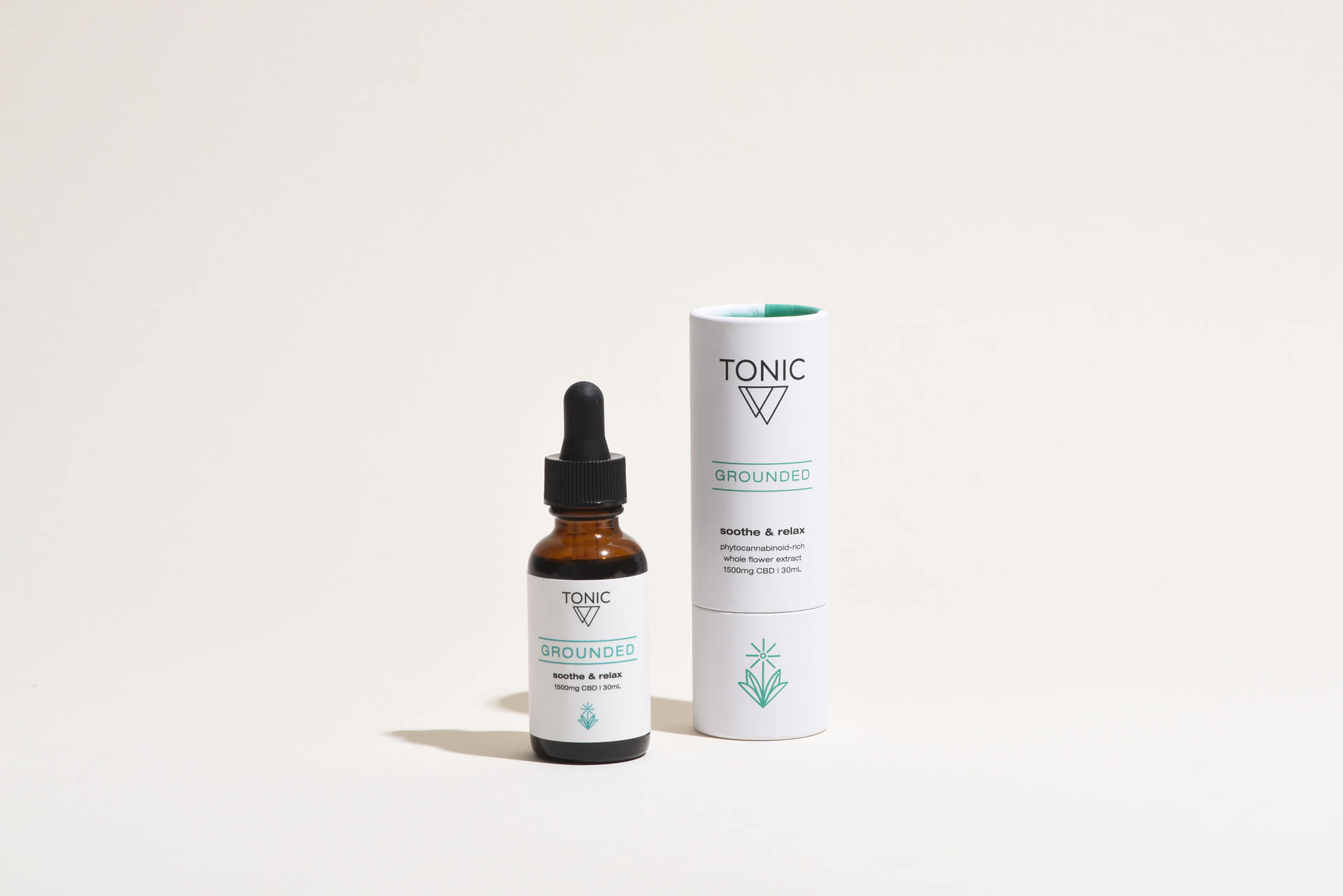Are You Ready For A Digital Detox?
By Boyuan Gao
Between the coronavirus outbreak, the shocking news about Kobe Bryant (which I received in a group text thread in a very blunt and abrasive fashion), the impeachment hearings, and the onslaught of a million other pieces of bad news flying in all directions, I started to feel like the world was closing in on me. Mind you, I live in the deep and vast woods of Western Massachusetts. If I were still living in NYC, I don’t know how the hell I would be staying sane right now. If you are living in a big city, or in the densely populated world of social media, you might be wondering this very thing – how do you manage the barrage of bad news, and keep yourself digitally healthy?
Dictionary.com defines hygiene as “conditions or practices conducive to maintaining health and preventing disease, especially through cleanliness.” We all have heard the reports of how too much social media and digital consumption can lead to depression and anxiety. If we apply this concept of hygiene to our digital behaviors and habits, there are very simple tactics to owning our own digital experience and avoid being hijacked by hysterical content reinforcing scarcity and disaster, which lead to those very feelings of self lack and loathing. Here are some simple tips and tricks for “digital hygiene” that made a difference for me, which you can use as a high-level template to explore for yourself.
+ Taking digital inventory: What are your inputs and outputs?

Even though I quit my personal social media accounts about a year ago (btw, this was very hard for me to do), I felt so much peace of mind and mental space as a result. I quickly filled that “void” up with subscriptions from NYTimes, The New Yorker, and a bunch of trashy-ass celebrity news sites that I dare not mention. I basically traded in one vice for another which is sucking up all of my creative mojo. If I’m going to be radically honest; I now also use a business IG account, falling into the same bad habit of mindless scrolling that I did on my now-defunct personal account.
The salient point here is that I was doing a whole lot of consuming. And honestly, not providing much value to myself or others in return. Even the things that I was consuming weren’t providing me with much value. They were just sucking up my time and joy. I took a sobering look at what I was actually looking at, to start seeing where I needed to cut back. Now, how to do balance are your inputs and outputs?
Task:
- Make a list of all of your digital go-to sites. Be brutally honest here.
- Though this may come off as a very confronting approach – view your browser history from the past week.
- Now make an inventory (by category) of what digital info consumed the most of your time.
- This won’t be pretty, but it will be the truth. I know that this sounds just as sexy as checking your bank account, but just like your bank account, you don’t have unlimited funds, so it’s important to see where you’re spending time/energy/emotional reserves, and make a list of where to cut back where you’re not receiving value.
+ Dedicated no-tech time:
The internet is a black hole. We’re now wired to be sucked into the entropy. Scrolling begets more scrolling. It’s nothing personal to you or your character that you are susceptible to this too, so you can be gentle with yourself. I realized, after much denial, that I can’t just be a wilderness-hobbit-woman completely free from tech. My livelihood depends on the internet. I can, however, find reasonable times to be tech-free. This is where I have personal agency and choice. I tried the whole, “no tech in the bedroom” thing, and it just didn’t work for me. With some trial and error, I now have a hard-and-fast, no tech an hour before bed, and no tech until after I do my morning journaling and meditation.
Task:
Create a list of ideal tech-free times/scenarios for yourself. This is an aspirational list. You might not be able to implement all of them, and that’s okay. Order the list from the most doable to the most challenging. Start this week with 2-3 of the more doable no-tech scenarios, and practice them. Remember that 21 days makes a habit, and 90 days makes a lifestyle.
+ A clear workspace makes for a clear mind:
Did you know that multitasking is bad for you? Especially if you’re a woman, you experience admiration for your ability to “multitask.” It’s another way to fall into the trap of martyrdom. Which is designed by the patriarchy to keep us from leveling up. (Forget about it, if you are a WOC.) Avoid falling into this narrative. I know this one so well because I am a multitasker in recovery. I tend to research while writing while texting a friend, and cleaning my room at the same time. Guess what? Nothing got done, or at least not well. Nothing and no one had my undivided attention, which led to failed relationships and lots of annoyed friends.
When I’m writing or doing a task that calls for my deep focus; I don’t have my phone anywhere in my sight. Just the mere presence of the phone can take you out of the game. When I’m planning my work, I plan them in chunks where that’s all I’m doing. I create boundaries that commit to keeping. If my work block is 2 hours for writing; I won’t take a last-minute call just because of someone else’s false urgency. I don’t let anyone rob me of my focus.
Task:
- Scope out your schedule for the week (if the week is too daunting, just do one day at a time).
- Out of all of the things that need completion, start blocking out dedicated times in your calendar to just one task at a time
- Start journaling e.g. 9-10 am journaling, 10-12 am emails and Slack, etc.
- Communicate this new way of work with all of your collaborators, so you can start to create some boundaries.
- Create boundaries by looping back to the group text thing, you can always take your notifications off of group chats, which I promptly did after the Kobe news (R.I.P.).
+ Pro tips for those who struggle with willpower:

- Find an accountability partner on your team, or in your life who you will find a dedicated time each week to do this with.
- If you run a team, you can get your entire team to do this together at the top of every week.
- There are time/project management/tracking apps up the wazoo, like Monday.com, GetHarvest.com, to name a few. For some, this might actually add more to the digital clutter, so use at your own risk. Something as simple as Todoist, or a good old fashioned notebook might be just as good.
- Join a monotasking community like Caveday.org to help with a digital detox, deep focus, and reclaiming your time.

It’s futile to resist our need and dependency on tech in 2020. You live in the digital world, and there are many aspects of it that are glorious and miraculous. For the aspects that aren’t, you might just need some digital hygiene, like the equivalent of brushing your teeth for your internet usage. Try these tips, and send us your feedback.

Boyuan is the cofounder of Project Inkblot, a Design for Diversity™ consultancy, which partners with companies to create equitable products, services, content, and experiences. Their portfolio includes clients like Rent the Runway, Etsy, SS+K, WeWork and Housing Works. She is also an executive producer and creator of Fit the Description, a docu-series exploring the nuances of race, identity and policing.
Click here to view all products from TONIC!


 The Steady Supply
The Steady Supply

 Personalized Vibes
Personalized Vibes
